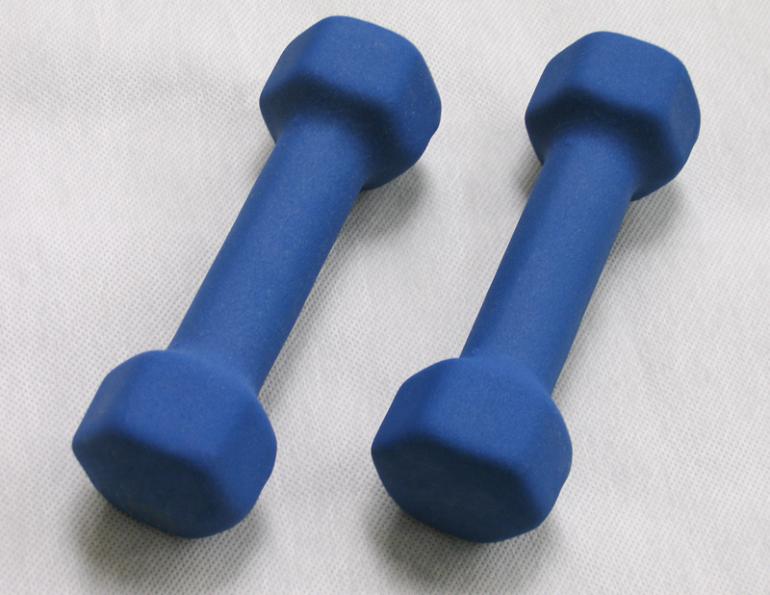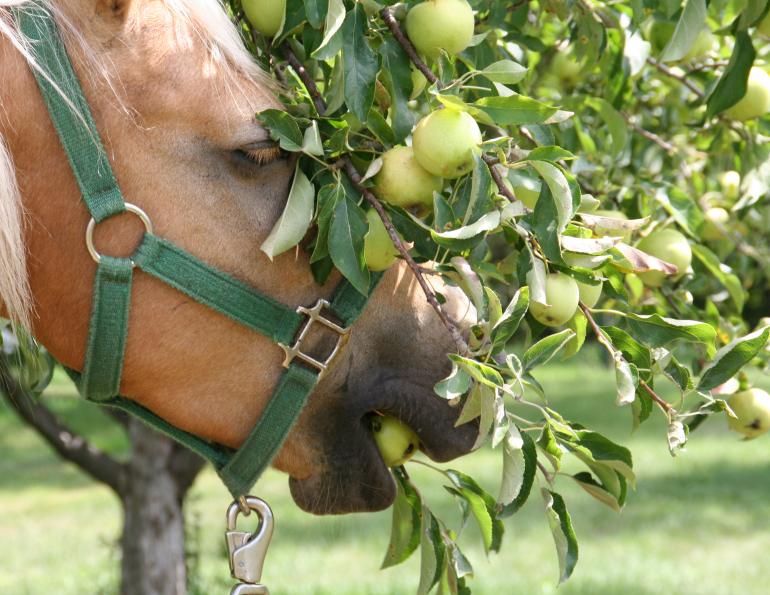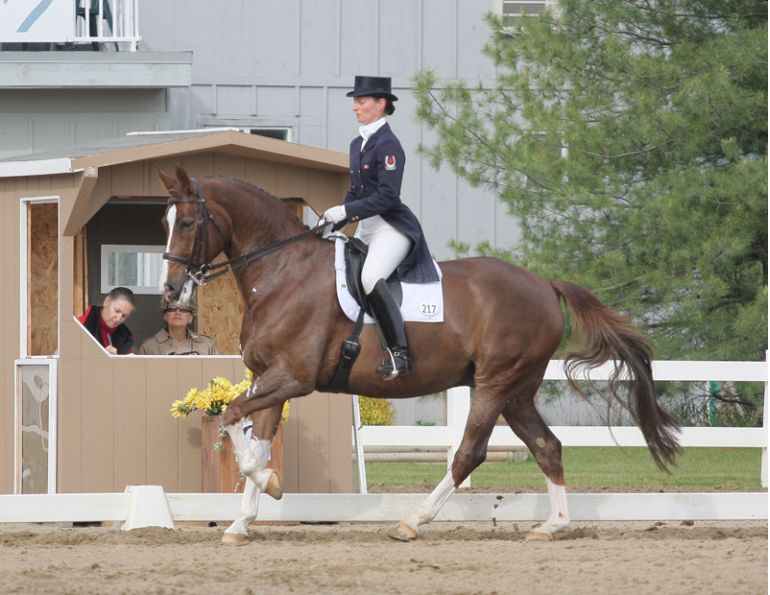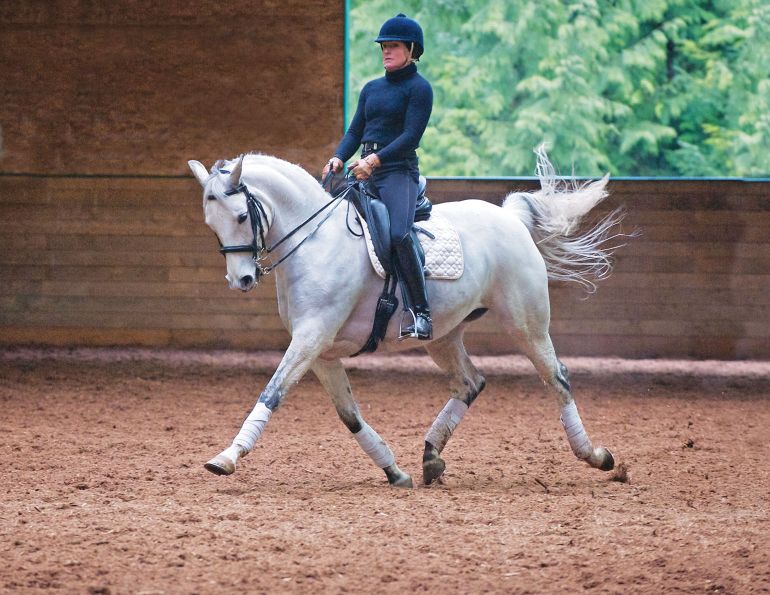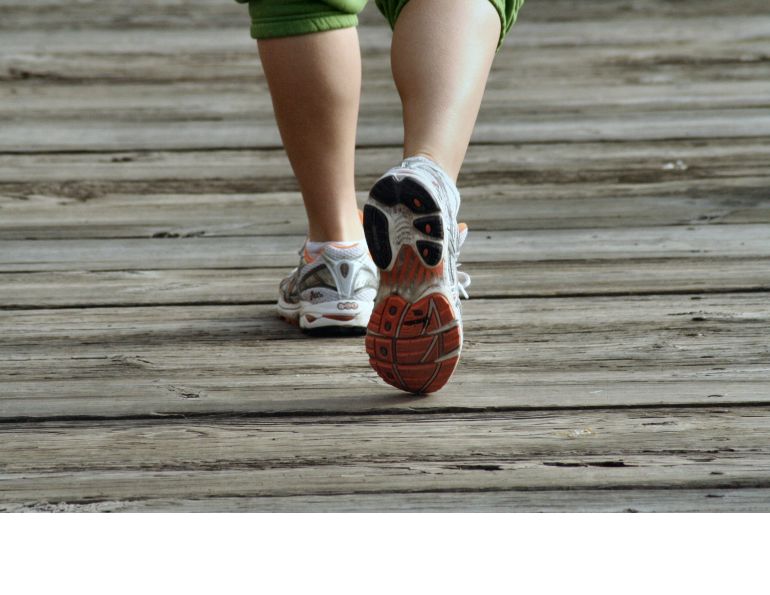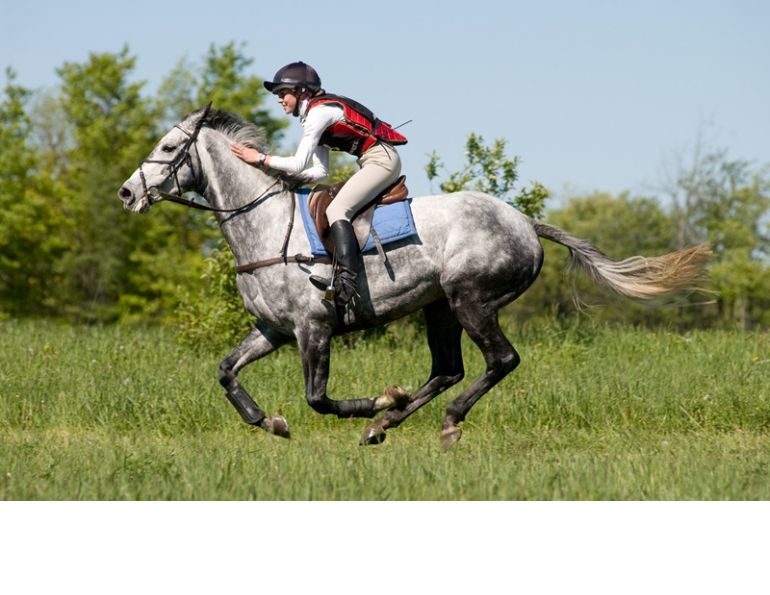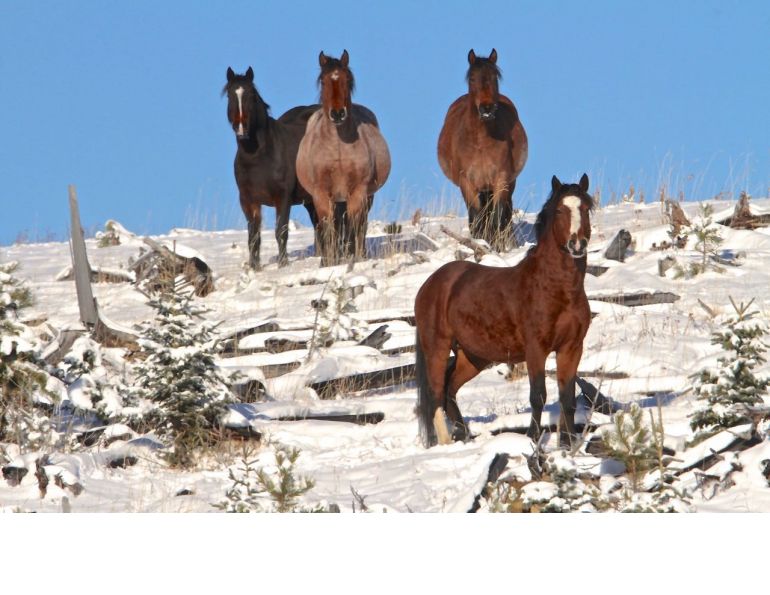Interviewed by Heather Sansom
When the show season winds down, we seem to have a year end grand finale of events. In Ontario, the Royal Winter Fair and some events in the Ottawa area gave me a wonderful opportunity to chat with some of our top Canadian show jumping and dressage athletes about their personal conditioning.
You might think that a professional rider can afford to take time to cross-train because they are, after all, a professional athlete. I work with some pros on a weekly basis and I have to tell you, you probably have more personal discretionary time available than they do. Talk about busy: these riders train an average of six horses per day, teach about the same number of lessons, and sustain a four to six day training week with each seriously competitive horse, while sandwiching in flights to multiple day competitions on a regular basis. I was pretty curious to know how they maintained their own fitness as an athlete.
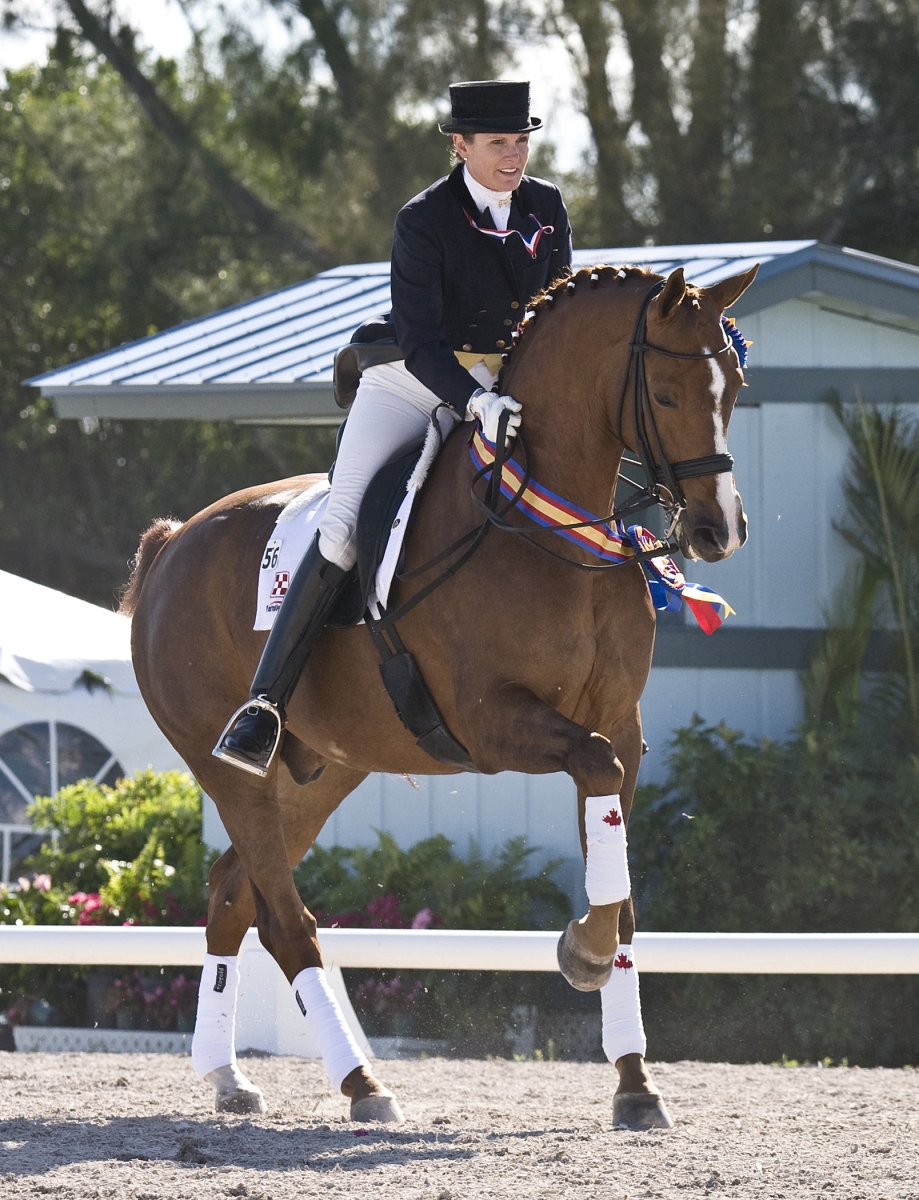
Top riders have an athletic responsibility to not put themselves at risk for injury and time off from riding. They must cross-train to stay in optimum form, avoid repetitive strain injuries, and be fit enough to not interfere with their horses. Photo: Ilse Schwarz, HorseSportUSA/FEI
Often the busiest folks I know are the ones who make time for fitness and exercises, even though it may often mean short but very intense workouts. A professional equestrian athlete needs to be in top form for rolling competitive seasons and a rigourous weekly schedule of riding. Perhaps one of the bigger dangers for a professional rider is the risk of overtraining. More specifically, they risk overtraining particular muscles used in riding.
A professional athlete also has what I call athletic responsibility to not put their body in any situation through any leisure activity which could put them at risk for downtime in their sport. In many sports, such as professional hockey, athletes sign agreements which limit their involvement in activities such as extreme sports, because they are under contract to play. While a professional rider may not sign a contract about extra-curricular involvement, they are responsible to their clients to be able to maintain the horses’ training and competitive schedules. You may not have the same responsibility, but I’m willing to bet that if someone told you an activity would put you at risk for not being able to ride, you’d think harder about doing it.
On the flip side, many people also need to realize that you can put yourself at the same risk by omission of beneficial activity, not just commission of dangerous sports. This is where the professional rider is coming from: the realization that lack of appropriate cross-training will eventually result in strain injury. Lack of training will compromise optimal biomechanics, which will compromise performance. There is such a thing as too much of a good thing and the pros know that you need to balance the demands riding makes on your body with other activities. A pro is too busy not to cross-train.
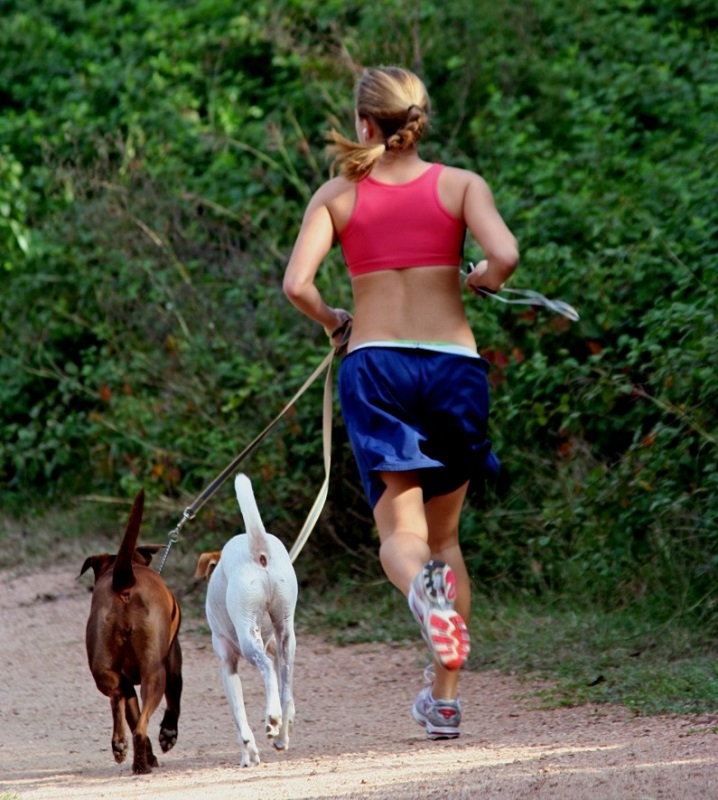
Pick a cross-training activity that suits your schedule, body type, riding discipline, and personal preferences.
How they cross-train depends on a number of factors such as the number of horses ridden daily, the discipline they train in, personal preferences, body type, and so on. Just because one rider does an activity, doesn’t mean that all riders should and must do that same activity.
This article contains interviews with two top Canadian dressage riders, Ashley Holzer and Danielle Gallagher.
Holzer, 46, started riding at the age of 13 and has ridden for Canada in Pan-Am Games and three Olympics. She was on the bronze medal winning Canadian Dressage Team at the 1988 Olympic Games in Soeul, South Korea. Born in Toronto, Ontario, Holzer is a full time trainer and coach out of her stable Riverdale Equestrian Center in New York.
Gallagher, 30, has been riding since she was five years old. She has competed in eventing, equitation, and jumping and made the move to dressage about five years ago. She has competed internationally for Canada, was short listed for the equestrian team, and trains with Holzer. Gallagher grew up in Hampton, New Brunswick, and is currently based in Suffern, New York where she is a full time coach and trainer at Ramapo Equestrian Center. Her current Grand Prix horse is an 18-year-old Russian stallion named Abrikos.
Both riders selected different activities for their cross-training. However, they agreed that the common reason they made time each week for their cross-training was to avoid injury, maintain optimal joint movement, and maintain self-carriage. If there is one message to take from the top riders, it is that we are in partnership with our horses and need to be as able to carry ourselves through the ride, just as we expect them to do.
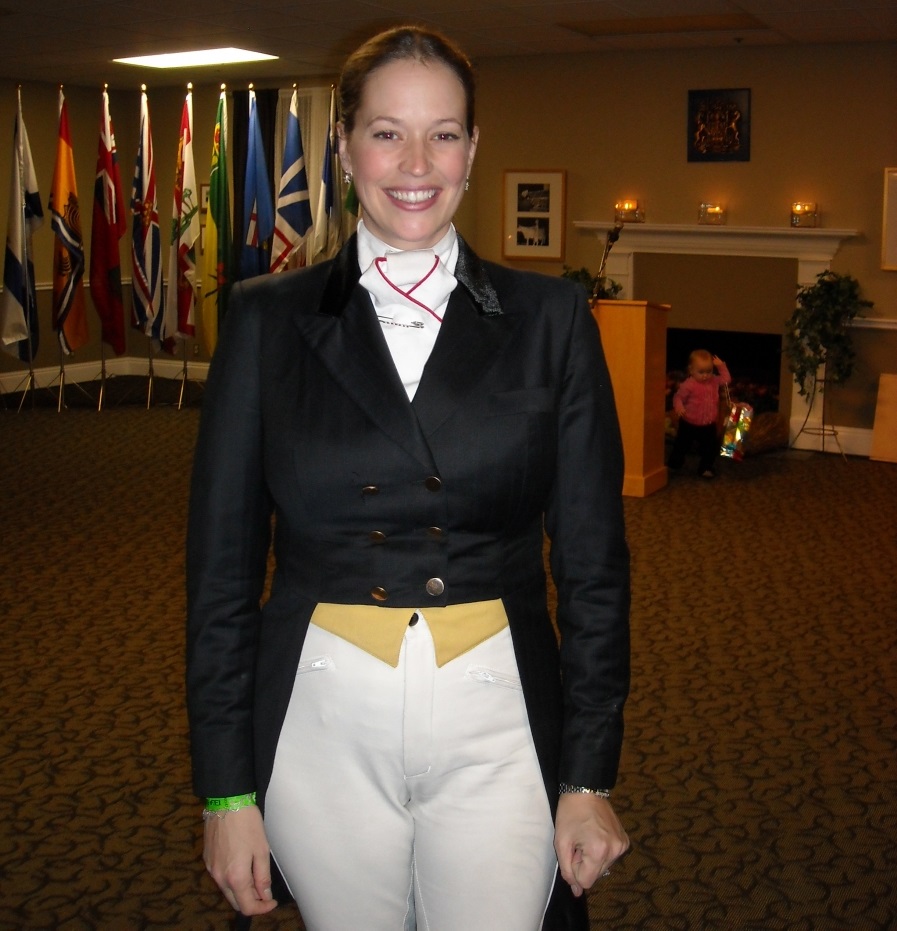
Danielle Gallagher. Photo: Heather Sansom
Heather Sansom: Why do you make time to cross-train, and what do you do?
Danielle Gallagher: I really enjoy swimming. Many people think that riding alone should keep you fit.
When I’m very busy riding many horses (six or more per day), I have to make the time to go walking or swimming. It’s even harder to find time now that I have a two-year-old daughter. But, I think it’s important. Women need to be very fit from a cardiovascular perspective. In most cases, we don’t have as much strength as the men and need to be able to perform at our peak level while in the ring. Cardiovascular fitness is really important in order to stay at your peak, just as much as it is for our horses. Riding one horse a day won’t get you fit enough. Riding several a day won’t do it. You can’t stop your training session because you’re out of breath. Swimming helps me work on my cardiovascular fitness and stamina at the same time.
Ashley Holzer: My husband trains for running marathons, so I train with him. I run about 30 miles per week, with a typical marathon schedule of fast and slow runs, hills, and weekly long runs on the weekends. I’m usually fairly stiff starting out, so I start out slow, then do some stretches, then continue.
It’s important to stay fit for riding. In the past I’ve done more strength training. I would love to go to a gym to do more of it, but there isn’t time for everything. I make time for what I can because you have to be fair to your horse and be fit. You have to do your part and be aware of the impact your body and the way you use your body has on your horse’s performance. You shouldn’t get in the way of your horse.
HS: Have you had to train to recover from an injury or strain?
DG: Fortunately I have been very lucky in that department. I did break my hand. I started riding with it before my cast came off. After the cast came off, I would just try to use that arm and hand for everything to make it stronger.
AH: I had some knee issues and was working with a personal trainer for a while to help with that, and also build low abdominal strength. I also had a repetitive strain injury in my shoulder. Acupuncture helped with that.
HS: What demands has riding made on you physically over the years? Have you noticed changes?
DG: Earlier in my career I also groomed for a long time. Cleaning stalls and riding on top of that has taken its toll. I feel my best when on a horse but over the past four years or so, when I get up after sitting at night my hips and lower back are very sore. Staying fit helps to hold everything together. It’s the same for our horses — it helps the joints last longer!
HS: What’s your strategy for maintaining your fitness training when you’re on the road?
DG: The great thing about most of the hotels is that they have pools! So I like to swim when I can. I also do core work which is easy to do in your room. Getting out for a brisk walk or run also works for keeping on track without equipment.
AH: I run everywhere. Running is free and you can do it anywhere.
HS: What advice would you give parents to help their very young riders with their long term potential?
DG: Try everything! I think my cross-training has given me a lot of added “feel” as an athlete and also helped me understand how different horses and disciplines work. I have a real appreciation for all breeds.
Also, do not pressure them (children) too much. So often I see kids who don’t enjoy riding simply because there is so much pressure on their shoulders. If they make mistakes, always remember that they are children and they should be allowed to make mistakes and learn.
HS: Not everyone will make an Olympic team. What advice would you give young riders today to give them the best advantage they can as athletes?
DG: Work really hard and you will succeed. Always remember when it gets hard and you feel like you will never see your work pay off, try to stay positive. It will come. It may take years, but it will.
I came from the Maritimes grooming show horses and had no money. I worked 12, 14, 16 hour days. There were times when I started to get tired but I always felt if I could be the best at what I did it would give me the edge. To stand out. When you stand out you get noticed. Then opportunities start to come your way. I was very lucky to have a trainer who promoted you for your hard work. Ashley Holzer has given me every opportunity to succeed. I had to grab that chance and now I’m a short listed Canadian rider. Wow. It still feels crazy to say that!
AH: A champion is only different because he or she continues getting up when there are setbacks. Stay positive, work hard, love your horse. To amateurs, I would say find a suitable horse, stay fit, and make realistic goals.
HS: What advice would you give to older, middle-aged amateur riders who want to enjoy their riding for as long as they can in life?
DG: Have fun! Get a horse that’s comfortable and makes you smile. I think getting a horse that knows his job already also makes it easier for you to just get on and learn. When you are older, you are not as strong as when you were 20 and you don’t have as much time to learn how to teach the horse everything.
Read interviews with top Canadian show jumpers Amy Millar and Amanda Hay in "How the Pros Stay Fit to Ride, Part 2."
To read more by Heather Sansom on this site, click here.



